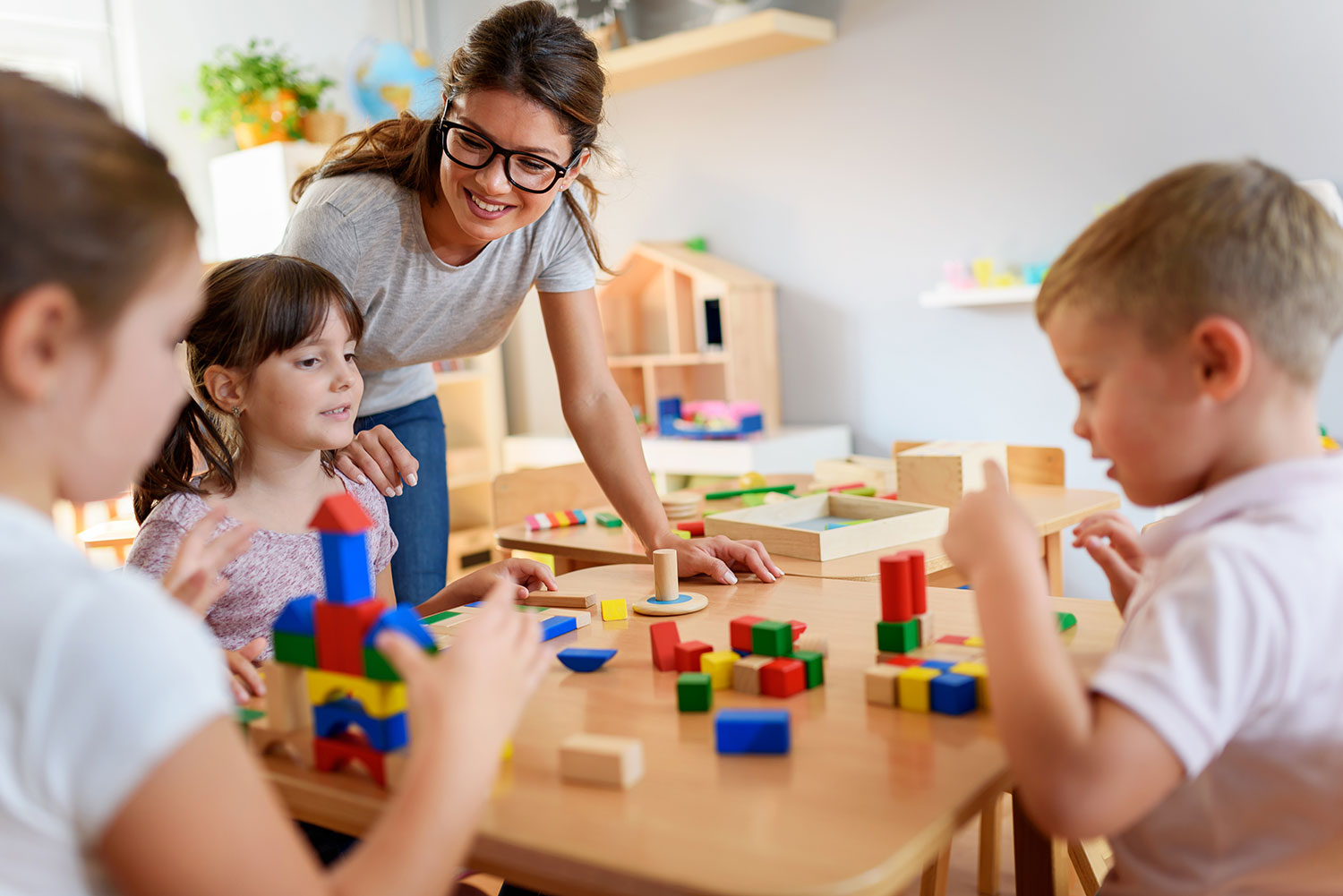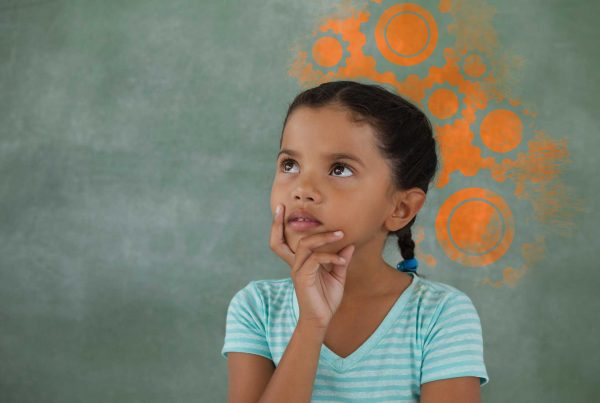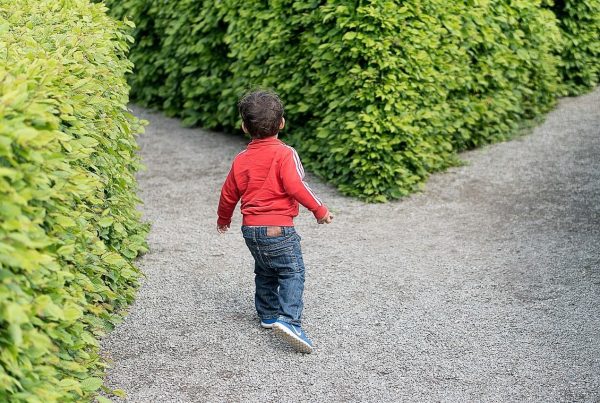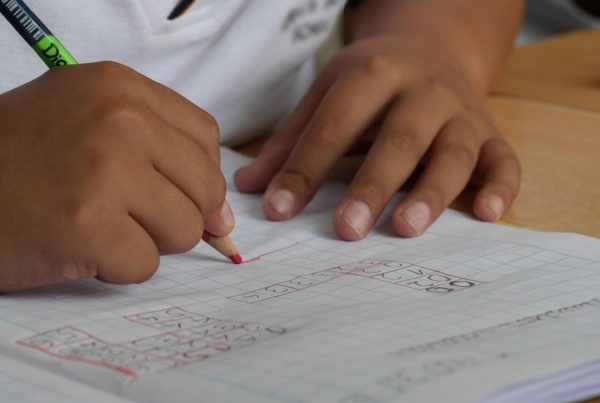
Spatial awareness refers to the ability to understand and interact with your surrounding environment. From avoiding obstacles while walking to reach for a pencil to reading a roadmap, this is an essential life skill that begins developing during the early years of childhood and continues throughout adolescence. Eventually, a person’s experience of spatial awareness becomes their foundation for everything from math (geometry) to athletics.
Because spatial awareness begins to develop so early, parents have many ways to encourage their children in this area of growth. Here are three spatial awareness exercises you can do with your children right at home.
Create Obstacle Courses
Both indoor and outdoor obstacle courses are great for cultivating spatial awareness, as children encounter unusual items in their path and must find a way to get by them. Courses can be developed for any age group after a child begins rolling, and it’s easy to adjust a course to your kids’ specific needs and preferences. Do this regularly, and they soon might be asking to help you design the course itself.
To get even more out of obstacle courses, don’t simply set them up and have your children race through. Have fun with your child by taking an active role, and either go through the course together or be an obstacle yourself. You can even be the dragon that protects the treasure stored at the finish line.
Build with Blocks
There’s a reason why many assessment charts include how well children build with blocks as one of their milestones. The skill required to construct objects out of smaller pieces, like blocks, goes beyond hand-eye coordination. It requires advanced spatial awareness given that you’re not only interacting with an object in the surrounding environment but are actively creating a new object that’s introduced to the environment.
The types of blocks you use for building does not matter as much as the process of building. Legos, Duplos, Magna Tiles, magnetic stones, two-dimensional tangram puzzles, large foam blocks and any others are all perfect. In fact, use as many different types of blocks as available with your children. The more variety they encounter, the more ways they’ll be interacting with their environment.
As your children play with blocks, get down right beside them and play along. Present challenges at times, and simply describe what they’re doing at other times. As you talk, you’ll help them process what they’re learning.
Create Patterns
Creating patterns forces children to interact with their environment in a different way by looking for recurring sequences. This eventually helps them predict what will come next and notice if something is out of order — both of which are invaluable skills to problem-solving.
The ability to recognize that green doesn’t follow in a pattern of only red and blue eventually develops into the ability to categorize and organize. This helps children to notice when an item is out of place or a suspicious person doesn’t seem to belong. Pattern recognition also works the other way. It can help children realize that something they think is unusual actually belongs based on the visual spatial aspects of the item that fits within a larger pattern.
No matter what age or developmental stage your children are at, spatial awareness exercises involving pattern play can be incorporated into various activities. Try building blocks with a specific series of colors, sequencing various colored sugar packets while waiting for food at restaurants, or counting how many chairs are in a row. At older ages, pattern identification can be used when discussing budgeting, sewing costumes, or developing strategies for athletic games.
Learn with Spatial Awareness Exercises
There are lots of ways to teach your children about spatial awareness. Begin exploring their environment with these spatial awareness exercises, and you’ll help them learn to navigate the environments they encounter while having fun along the way.



